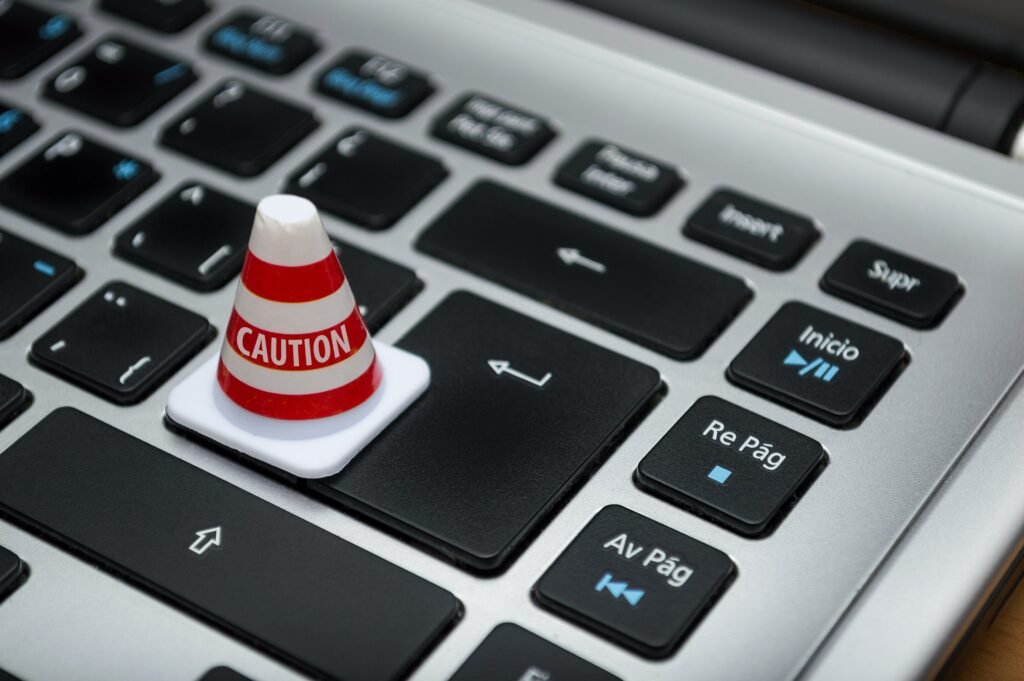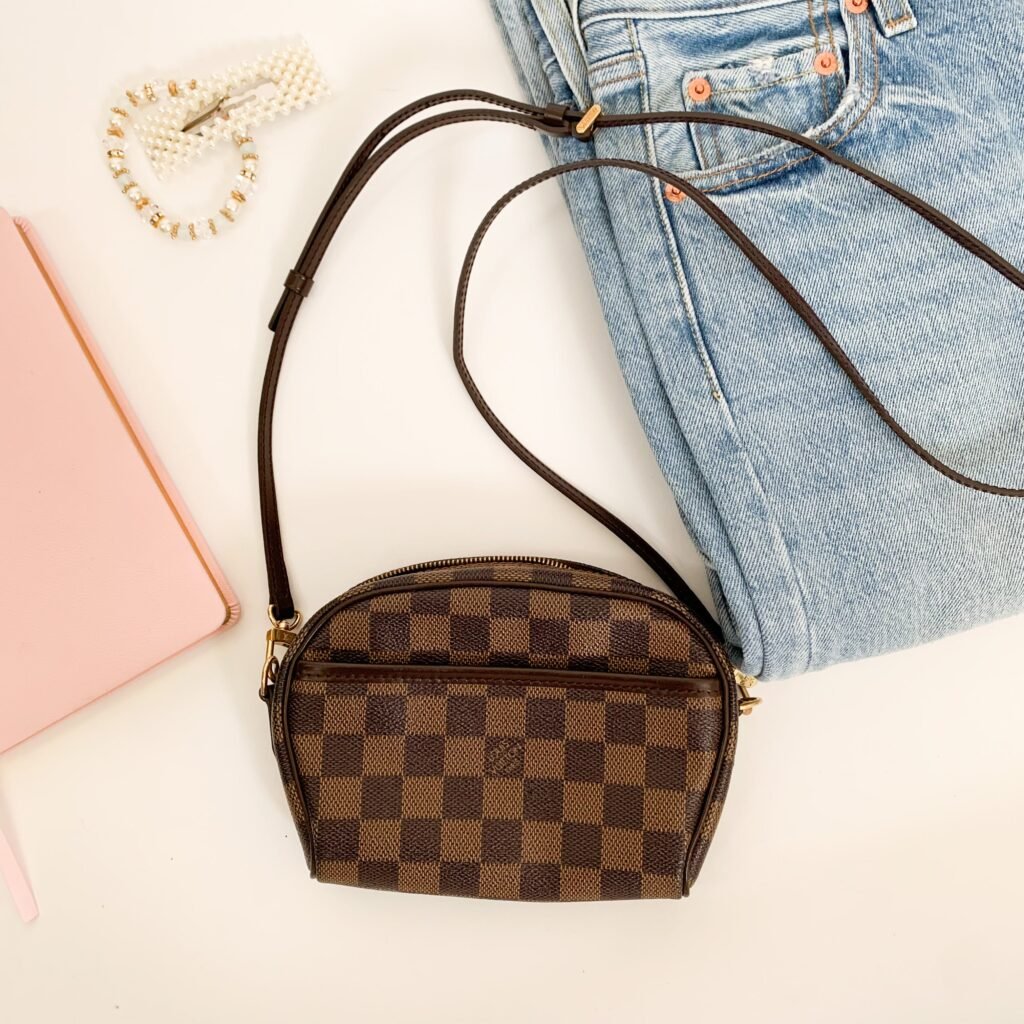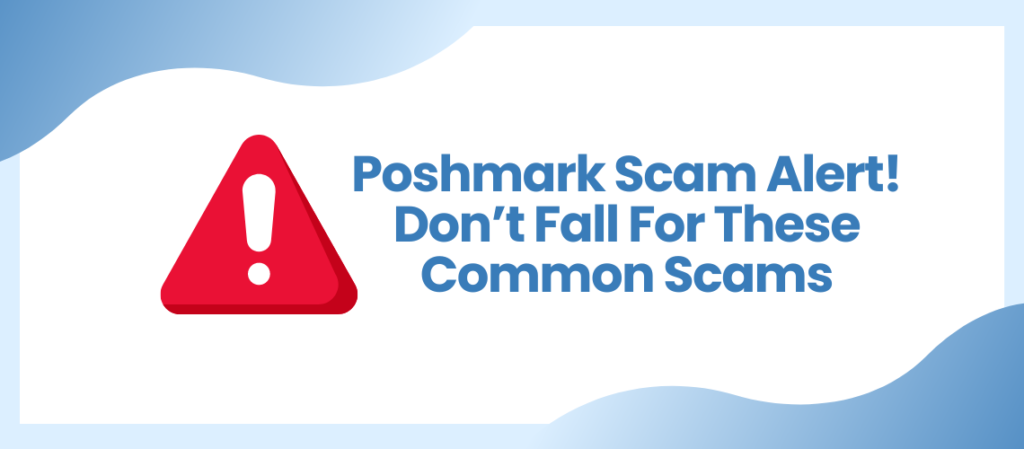Poshmark Scams Alert!
Don't Fall For These Common Poshmark Scams
Picture this: you’re scrolling through Posh, excitedly listing your items or eyeing that dreamy vintage jacket. Suddenly, you get a message that seems harmless at first. Little do you know, you’re dancing with a scammer! As a Poshmark enthusiast, I’ve encountered my fair share of these virtual tricksters, and trust me, you don’t want to be the next victim.
So, grab your coffee, get cozy, and let’s dive into the wild world of Poshmark scams. It’s time to spill the tea on those sneaky tactics, share some stories, and make sure you stay stylish and scam-free on your Poshmark journey!

Table of Contents
Scam #1: Contacting Outside Poshmark
Let’s kick things off by talking about a scam that’s sneakier than a pair of stiletto heels on a hardwood floor – the notorious “Contacting Outside Poshmark” hustle.
You already know how it goes. You’ve just listed your last season handbag, and suddenly, Mr. or Ms. Too-Good-to-be-True slides into your Poshmark comments. They seem eager, almost too eager, to snatch up your treasure. But then comes the plot twist – they drop the classic line: “Hi, I’m having a hard time viewing the pics. Please send them to XYZ @ g m a i l . com. Hope to hear from you soon.”
Hold up. Danger alert! The minute someone tries to take the conversation off the Poshmark platform, you’ve got a potential scammer on your hands.

Why is this a red flag, you ask?
Well my Posh friends, the safety net Poshmark provides is why we pay the 20% Poshmark fees. Poshmark ensures a secure transaction, protects your personal information, and keeps the majority of scammers at bay.
Picture this:
You decide to be the friendly seller and agree to chat via email. Before you know it, your inbox is flooded with weird messages, and oops! You accidentally clicked a link and they stole your bank information. Personal info out in the open? That’s a big yikes.
How we avoid this and stay scam-free:
Stick to the Poshmark app! Keep your conversations within the app, where Poshmark’s got your back. If someone tries to lure you away, shut it down, report them, and keep your closet safe and sound.
Scam #2: Requesting Additional Photos
Ready for the next chapter in our Poshmark scam survival guide? Let’s talk about the “Additional Photos” scam. This one is similar to trying to pull off a DIY haircut – it seems innocent, but disaster could strike at any moment.
So, there you are, the proud owner of a killer dress you just posted on Poshmark. Suddenly, a prospective buyer appears in the comments, showing major interest. All seems well until they drop the bomb – they want you to model the item for them. Now, we’re all for showing off your style, but this request is a different ballgame.

Why is this a red flag, you ask?
Think of it this way: it’s all about setting boundaries with strangers online. Requests for modeling photos often cross the line, making you feel like you’re unwillingly becoming the star of a show you never signed up for. It’s just not cool.
Now, imagine this scenario:
You’re just trying to be accommodating, and you really need that money for your rent this month. So, you decide to fulfill the request. But here’s the thing – those modeling photos might end up in places or be used for things you never intended, turning something that was meant to be accommodating into a quite uncomfortable ordeal.
Scam #3: Excessive Weird Questions
The next scam is the deceptive world of “Excessive Questions.” It’s like dealing with a fashion detective, but instead of solving mysteries, they’re stirring up trouble with too many inquiries.
Picture this: You’ve just listed a fabulous pair of shoes on Poshmark, and a potential buyer slides into your comments. You’re excited – I mean, you just listed these; it would be super cool if they sell this quickly. But suddenly, you’re answering one question after another from the same person. You respond, and they send back another question!
Not only are they bombarding you with endless questions, but they’re really weird and, honestly, kinda creepy. Who needs to know what they smell like? Who needs to know specifically where you wore them or if your feet were sweating in them? Gross! Sadly, we’re not joking. Some people on the internet are weird.

Why is this a red flag, you wonder?
These “fashion detectives,” for lack of a more profane word, are a disguise for potential scammers. Excessive questions serve only to satisfy their peculiar interests. The chances of them actually buying the item are super slim. Even if they do make a purchase, you’ve just shared your used item and return address with someone of less-than-desirable intentions. No thanks and ew, gross!
How to stay scam-free:
Ladies and gents, it’s time to channel your superhero gut. If you sense an interrogation rather than a casual inquiry, it’s time to hit the brakes. Politely answer any necessary questions, but always remain vigilant. Trust your instincts, report suspicious behavior, and let’s keep Poshmark safe.
Scam #4: Trading Requests
Now, not every trade request is a scam, but honestly, you never know. So, let’s dive into the somewhat confusing realm of “Trading Requests” as a Poshmark scam. It’s like being handed a surprise package- you never know if it’s a designer purse or a potential scam in disguise.
Imagine this: Imagine this: Your fabulous item is up for grabs on Poshmark, and a potential buyer comes your way. But wait – instead of the usual purchase, they throw a curveball your way, suggesting a trade. Trading might seem like a fun idea, right? Well, not so fast in the Poshmark universe.
Why should you proceed with caution?
Poshmark’s rules are crystal clear – trading is a no-go if you’re looking for them to back you up. When someone suggests otherwise, it’s like they’re playing a risky game altogether, and you might find yourself unintentionally caught in the crossfire.
We get it, as a fashionista, the idea of a closet trade might catch your attention. However, here’s the catch – not every trade request is genuine. Some people never send the items, some people mail different items, some people send items that are not as described, and all of these mean Poshmark does not have your back to protect you.
So, while trading might seem like a tempting offer, remember the risks that come with it.
Scam #5: Counterfeit Luxury Goods
This is a big one. It’s time to unravel the mystery of “Counterfeit Luxury Goods” on Poshmark. Picture this – you spot a jaw-dropping designer find at a seemingly unbelievable price, and you’re not the only one who spotted this find – it’s already getting tons of likes. It can’t be fake if so many people are liking it right?
Why is this a big red flag?
Poshmark is a treasure trove of fashion, but where there’s treasure, there can also be pirates – counterfeit luxury goods, to be precise. The allure of snagging a designer bag at a steal might lead you into the clutches of scammers peddling fakes.
How to stay scam-free:
Trust your instincts; if the price is too good to be true or priced right under $500 (Poshmark’s threshold for authentication at the time of writing), then it probably is. Research the brand, scrutinize the details, and remember that even details like receipts, dust bags, and serial numbers are faked these days. If something feels off, report it to Poshmark.

FAQs
Navigate to the suspicious user’s profile, tap the three dots in the top-right corner, and select “Report User.”
We’re coming out with a full guide on what to do if you have a case opened against you (and how to win)! That will be available shortly.
Conclusion
In the vast world of online buying and selling, especially on platforms like Poshmark, being vigilant is crucial. Our journey has shown that whether it’s avoiding scams or being wary of fake items, a little caution goes a long way. Remember, your online transactions are valuable, and safeguarding them involves staying attentive, checking for authenticity, and trusting your instincts. Stay informed, stay secure, and continue enjoying the convenience of online marketplaces responsibly.

